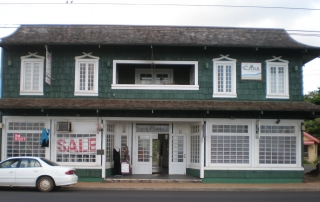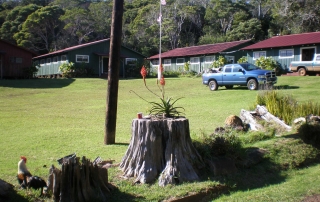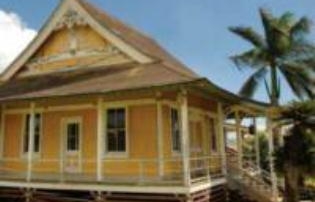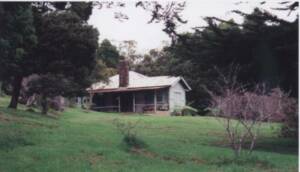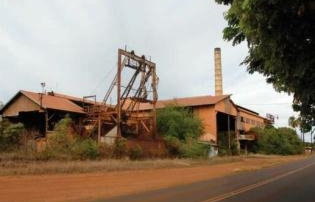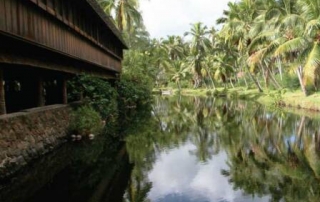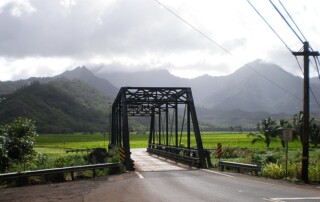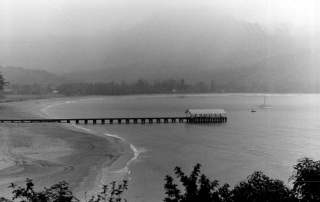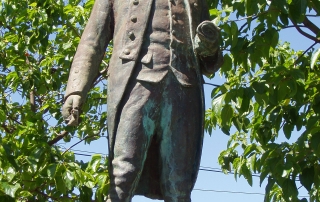Seto Building
Address Intersection of Kuhio Highway and Lehua Street, Kapaa, Kauai 96746 TMK (4) 4-5-011:031 SHPD Historic Site Number 30-08-9379 National Register of Historic Places #79000758 Abstract The Seto Building is a two-story building of wood-frame double-walled construction built on a concrete slab foundation. The exterior walls are covered with striated, staggered wood shingles, and the interior walls and ceiling are covered with pressed fiberboard. The Seto Building is a fine example of early commercial architecture on Kauai. The building's owner, Ah Doi Seto, came to Hawaii as a sugar contract laborer from China in 1888. This list of Hawaii’s historic properties is provided as a public service by Historic Hawaii Foundation. It is not the official list of properties designated on the Hawaii State Register of Historic Places. For official designations and determinations of eligibility, contact the State Historic Preservation Division of the Department of Land and Natural Resources of the State of Hawaii at 808-692-8015.


